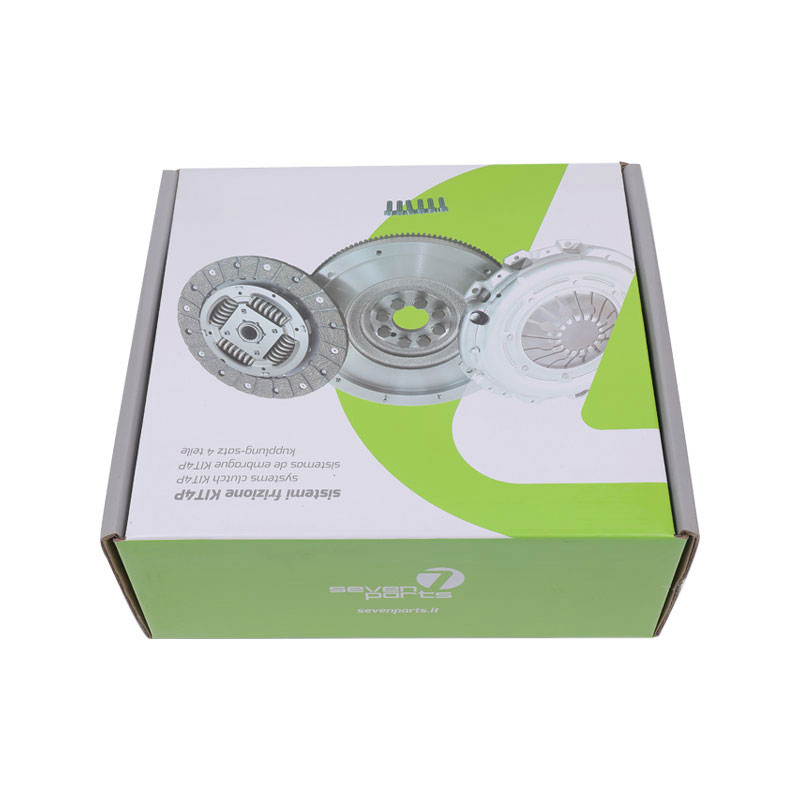How do Auto Parts Packaging Boxes improve shock absorption and cushioning?
2023.10.23
Auto parts packaging boxes are designed to improve shock absorption and cushioning in several ways, aiming to protect the enclosed automotive components from the impact, vibrations, and handling stress during transportation and storage. Here are key elements and strategies employed to enhance shock absorption and cushioning:
Cushioning Materials:
Foam Inserts: Custom-cut foam inserts, often made from materials like polyethylene foam, polyurethane foam, or expanded polystyrene (EPS), are used to cradle and protect individual auto parts. These inserts conform to the shape of the parts, providing a snug and cushioned fit.
Bubble Wrap or Air Cushions: Layers of bubble wrap or inflatable air cushions create a resilient barrier around auto parts, absorbing shocks and preventing direct impact.
Gel Packs or Gel Pads: Gel-filled packs or pads offer a flexible and shock-absorbing medium within the packaging, adapting to the contours of the parts.
Dunnage Systems: Inflatable air bags or dunnage systems can be strategically placed to fill void spaces and act as shock absorbers.
Custom Molded Inserts:
Custom-molded inserts, often made of expanded polyethylene (EPE) foam or other moldable materials, are designed to precisely fit the shape and dimensions of specific auto parts. This ensures optimal protection by minimizing movement within the packaging.
Partitioning:
Creating compartments or partitions within the packaging box helps prevent auto parts from coming into direct contact with each other. This separation reduces the risk of damage caused by friction and impact.
Double-Boxing Technique:
The double-boxing method involves placing a smaller box containing the auto parts within a larger box. The space between the two boxes is filled with cushioning material, adding an extra layer of protection.
Shock-Absorbing Materials:
Materials engineered for shock absorption, such as advanced foams or elastomers, are used to dampen impact forces and vibrations.
Anti-Vibration Mounts or Isolators:
Particularly for sensitive components, anti-vibration mounts or isolators can be integrated into the packaging design. These devices absorb and dissipate vibrations, preventing damage.
Bracing and Reinforcement:
Reinforcing weak points or vulnerable areas of the packaging with additional bracing or structural support helps distribute impact forces and prevents deformation.
Customized Box Design:
Tailoring the design of the packaging box itself to the shape and size of the auto parts ensures a snug fit and minimizes movement during transit.
Air-Filled Packaging:
Air-filled packaging, such as air-filled cells or cushions, creates a protective layer around auto parts. This method is lightweight yet effective in absorbing shocks.
Absorbent Liners:
Liners made from absorbent materials can be added to the packaging to help dampen vibrations and absorb moisture, providing an extra layer of protection.
The combination of these features and materials allows auto parts packaging boxes to effectively improve shock absorption and cushioning. The goal is to create a secure and protective environment for auto parts, reducing the risk of damage during the often rigorous transportation processes in the automotive supply chain.



 English
English  العربية
العربية











